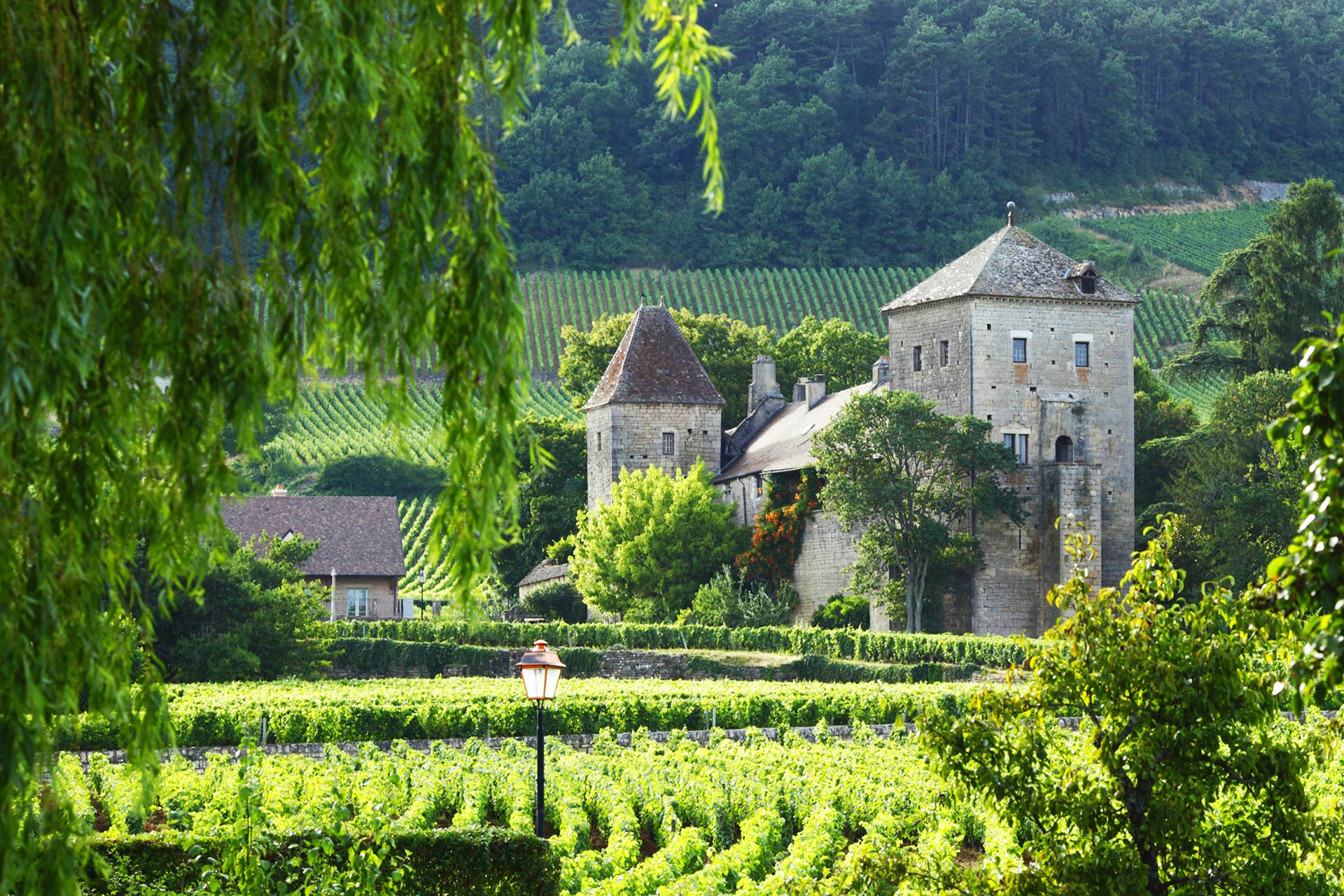If your favourite wine has recently tasted more like a sunburnt fruit salad than a sophisticated sip of terroir—blame the weather. The wine world is facing its biggest existential crisis since the invention of the screw cap: climate change. And it’s not just a little hotter out there. We’re talking wildfire smoke in your Syrah, water shortages in your Chianti, and Pinot Noir getting sunburnt like a Brit on a Marbella beach.
Let’s decant what this really means—from vineyard to vino, tradition to transformation.
Vines on Fast-Forward
Grapes are on fast-forward thanks to rising temperatures. Harvests are happening weeks earlier than they used to. That might sound like a bonus until you realise the vines are rushing through ripening like a hungover student through finals week—all sugar, no balance.
Earlier ripening = higher alcohol, lower acidity, and flavours that go from “refined plum” to “raisined rocket fuel.”
Oh, and don’t get too comfy about warmer springs. They trigger budburst earlier too, just in time for those charming late frosts to ruin the fun. It’s like inviting a friend over early only for them to get slapped by winter.
Water: Too Little or Way Too Much
In some regions, drought is turning soil to dust, stressing vines and winemakers alike. In others, biblical rainfalls erode topsoil and drown roots faster than you can say “botrytis.”
Even winter droughts are a problem. Without enough rain to recharge the soil, spring gets off to a wobbly start. Meanwhile, heavy summer rains can swell grapes, dilute flavours, and spark every fungus known to viticulture.
Cheers.
Extreme Weather = Extreme Worry
Heat spikes cook grapes on the vine. Wildfires add smoke taint that turns fine wine into Eau de Bonfire Night. Hailstorms, floods, and high winds are nature’s not-so-subtle reminder that she’s now co-authoring the vintage.
A single event can wipe out an entire year’s crop. No pressure.
Terroir: The Identity Crisis
Classic wine regions like Bordeaux, Napa, and Burgundy are at risk of losing what made them iconic in the first place. Wines taste different. Grapes are being swapped. Traditional styles are going through identity crises.
Typicity? More like “typici-who?”
New Frontiers, New Hope
As traditional regions sweat it out, cooler climates are popping corks. Southern England is sparkling (literally) as Champagne houses eye its chalky soils. Scandinavia, British Columbia, and even Poland are having a go.
Will Yorkshire Shiraz be a thing? Let’s not get ahead of ourselves.
Adapt or Declassify
Growers are getting crafty. Shade nets. Smarter irrigation. AI-powered vineyard drones. Heat-hardy grapes from Mediterranean cousins. But in places like France, strict appellation rules often mean innovation = exclusion.
Some, like Château Lafleur, have had enough and left the AOC system altogether. When French châteaux start breaking the rules, you know it’s getting serious.
Tech in the Tasting Room
Winemakers are turning to science to rebalance their wines. Think alcohol-removal machines, acid-adjusting gizmos, and yeast that plays nice with lower sugar.
Cue the old-school purists crying sacrilege, but when nature gives you jammy grapes, you need a centrifuge.
What Now?
The wine world needs a big rethink. Regulators must get flexible. Scientists and growers must collaborate. And us drinkers? We might need to expand our palates and wallets.
Because the future of wine is hotter, faster, and weirder.
It will be defined by diversity—in grapes, regions, tech, and thinking. If wine is to survive the climate crunch, it must evolve. Fortunately, wine people are nothing if not passionate, stubborn, and oddly optimistic. So here’s hoping your 2050 Bordeaux still tastes like Bordeaux… or at least like something worth swirling.



